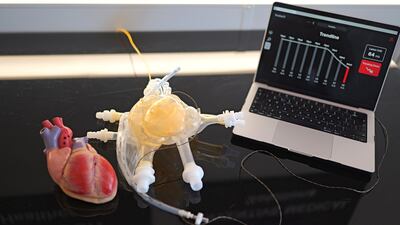In 2004, graphene was physically produced for the first time at Manchester University by using Sellotape to shear off thin layers of carbon. Its discoverers, Andre Geim and Kostya Novoselov went on to win a Noble Prize in physics for their findings in 2010. Since then, claims that electronics, vehicles and medicine will be transformed by the carbon-based material said to be both harder and lighter than steel, highly conductive and incredibly light have been rampant.
However, expensive to produce reliably, graphene has had little impact on industry to date, and very few graphene products have...
Read the full article – start your free trial today!
Join thousands of industry professionals who rely on Medtech Insight for daily insights
- Start your 7-day free trial
- Explore trusted news, analysis, and insights
- Access comprehensive global coverage
- Enjoy instant access – no credit card required
Already a subscriber?








